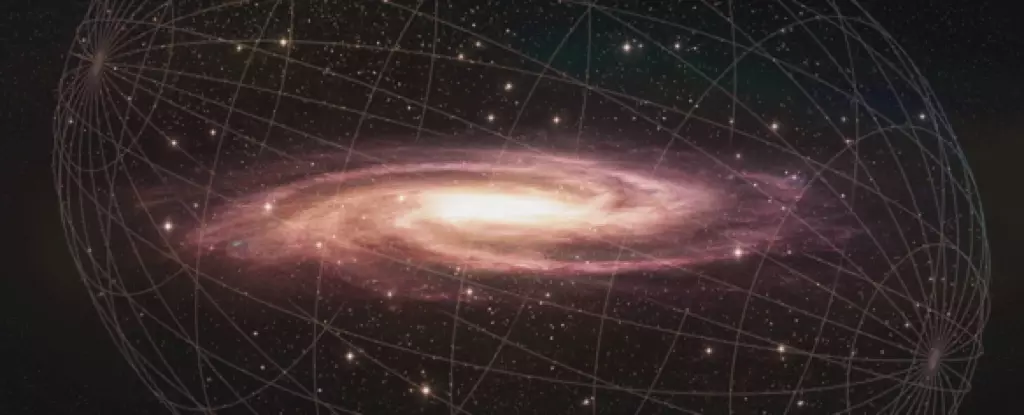The recent identification of two new dwarf galaxies, Virgo III and Sextans II, orbiting near our Milky Way has left astronomers puzzled. Instead of solving the mystery, these discoveries have only deepened it. The discovery of these tiny satellites has brought the total number of known dwarf galaxies in that region to nine, far more than what models of dark matter predict.
Dark matter, the unseen and mysterious substance in the Universe, plays a crucial role in the dynamics of galaxies like the Milky Way. It provides the additional gravitational force needed to explain the rotation speeds of galaxies and the interactions between galaxies and their satellites. Based on current models, astronomers expect to find a much larger number of dwarf galaxy satellites around the Milky Way than have been discovered so far.
The discrepancy between the number of observed dwarf galaxies and the predictions from dark matter models poses a significant challenge. Even after tweaking the models or excluding certain data points, the “too many satellites” problem persists. The best estimates suggest that there should be around 220 dwarf galaxies orbiting the Milky Way, but the recent discoveries imply a much higher number, possibly close to 500 satellites if extrapolated to the entire galactic space.
The Search Continues
In an effort to unravel this cosmic conundrum, astronomers are expanding their search to other regions of the sky. By studying different patches of space using powerful telescopes like the upcoming Vera C. Rubin Observatory in Chile, scientists hope to determine whether the overabundance of dwarf galaxies is a localized phenomenon or a widespread occurrence.
As technology advances and observational capabilities improve, astronomers remain committed to exploring the mysteries of the Universe. The quest to understand the true nature of dark matter, its influence on galaxy formation, and the role of dwarf galaxies in the cosmic ballet continues. Each new discovery, no matter how puzzling, brings us one step closer to unlocking the secrets of the Milky Way and its surroundings.


Leave a Reply